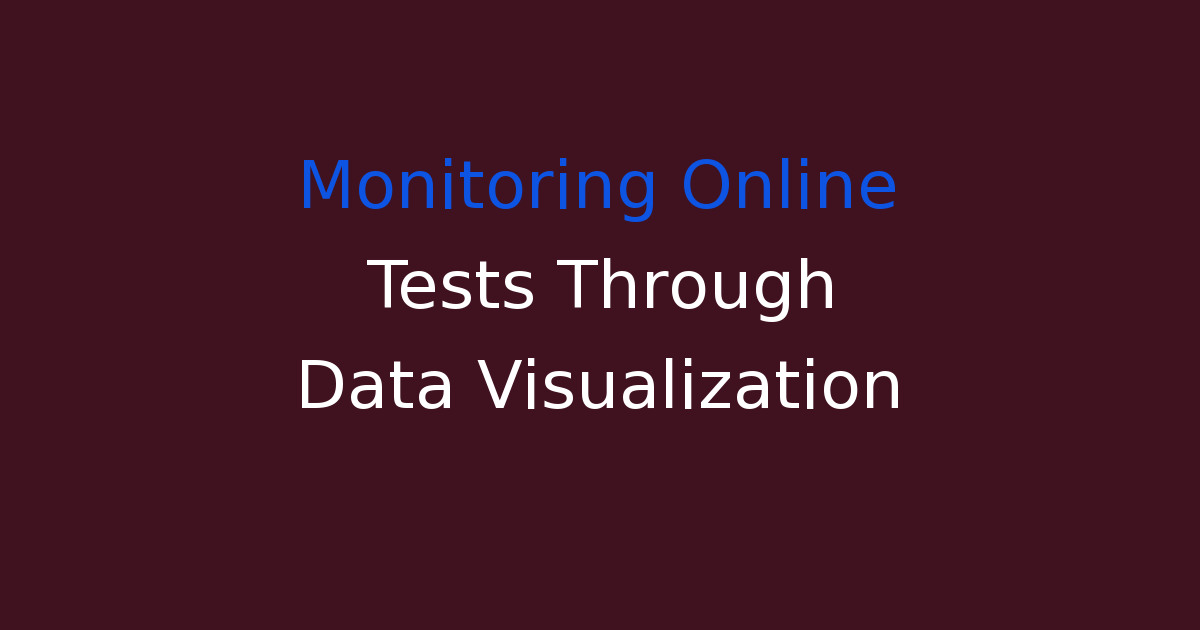Using data visualization to monitor online test performance.
Monitoring Online Tests through Data Visualization
Introduction
As the world becomes more digitalized, many educational institutions are turning towards online testing methods for their examinations. This has led to a significant increase in the number of online tests being conducted, which in turn has created a need for effective monitoring systems. One way to improve the monitoring of online tests is through data visualization, which can provide insights into student performance and test integrity in real-time. This project aims to explore the use of data visualization in monitoring online tests and propose a system that can enhance the overall testing experience for both students and educators.
Problem Statement
The current system of monitoring online tests is often limited to basic metrics such as completion rate and time taken to complete the test. This lack of detailed information makes it difficult for educators to identify areas of improvement and ensure the integrity of the test. Additionally, traditional monitoring methods are time-consuming and often do not provide real-time insights into student performance. There is a need for a more efficient and effective system that can leverage data visualization techniques to enhance the monitoring process.
Existing System
The existing system for monitoring online tests typically involves using simple analytics tools to track basic metrics such as completion rate and time taken to complete the test. However, these metrics do not provide a comprehensive view of student performance and test integrity. Educators often have to manually analyze the data to identify patterns or anomalies, which can be time-consuming and prone to errors. Overall, the existing system lacks the sophistication and real-time insights that data visualization can offer.
Disadvantages
– Lack of detailed information on student performance
– Time-consuming manual analysis of data
– Limited insights into test integrity
– Inability to provide real-time monitoring
Proposed System
The proposed system will leverage data visualization techniques to provide educators with a more detailed and real-time view of student performance during online tests. The system will collect data on various metrics such as question difficulty, response time, and completion rate, and present this information in a visual format that is easy to interpret. Educators will be able to identify patterns and anomalies more effectively, enabling them to make data-driven decisions to improve test integrity and student performance.
Advantages
– Detailed insights into student performance
– Real-time monitoring capabilities
– Enhanced test integrity
– Data-driven decision-making
– Improved overall testing experience for both students and educators
Features
– Data collection on various metrics such as question difficulty, response time, and completion rate
– Real-time visualization of student performance
– Ability to customize dashboards and reports
– Automatic alerts for anomalies or suspicious behavior
– Integration with existing learning management systems
Conclusion
In conclusion, the use of data visualization in monitoring online tests can significantly improve the testing experience for both students and educators. By providing detailed insights into student performance and test integrity in real-time, educators can make data-driven decisions to enhance the overall testing process. The proposed system aims to address the limitations of the existing monitoring system and provide a more efficient and effective solution for monitoring online tests.

